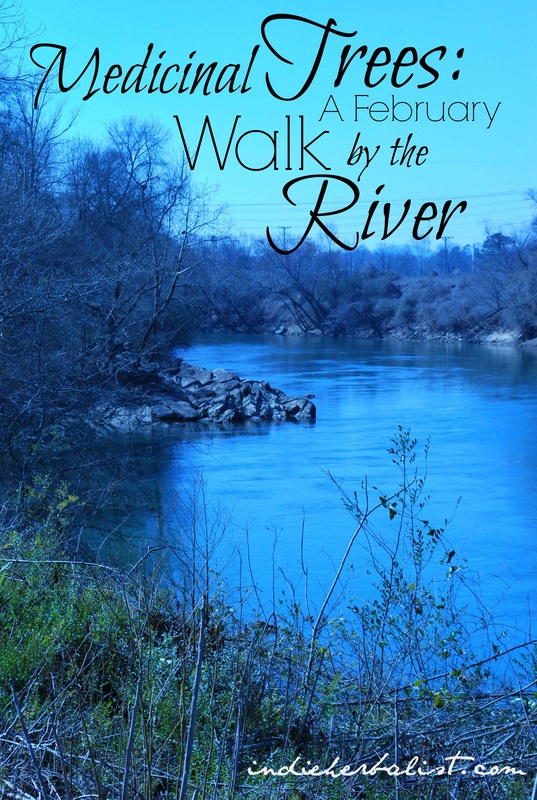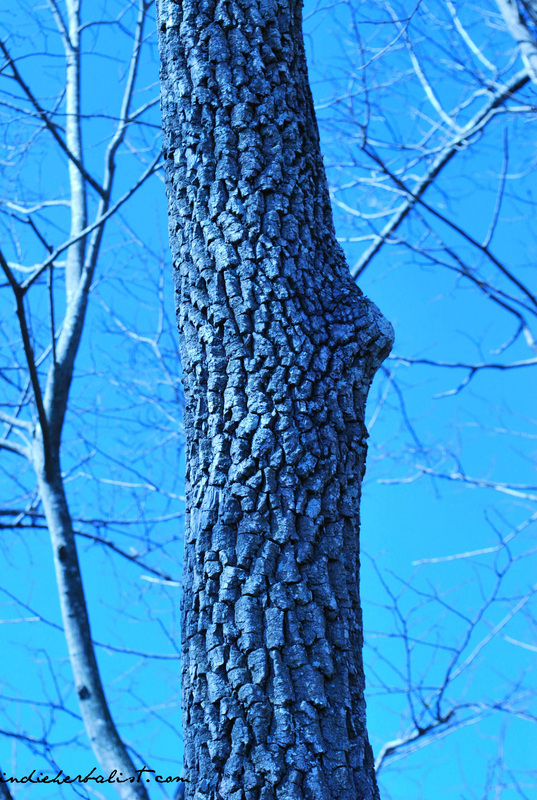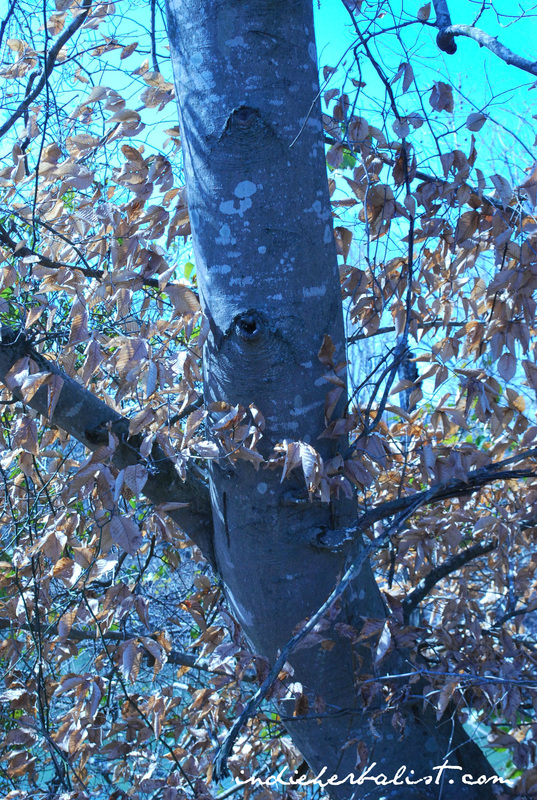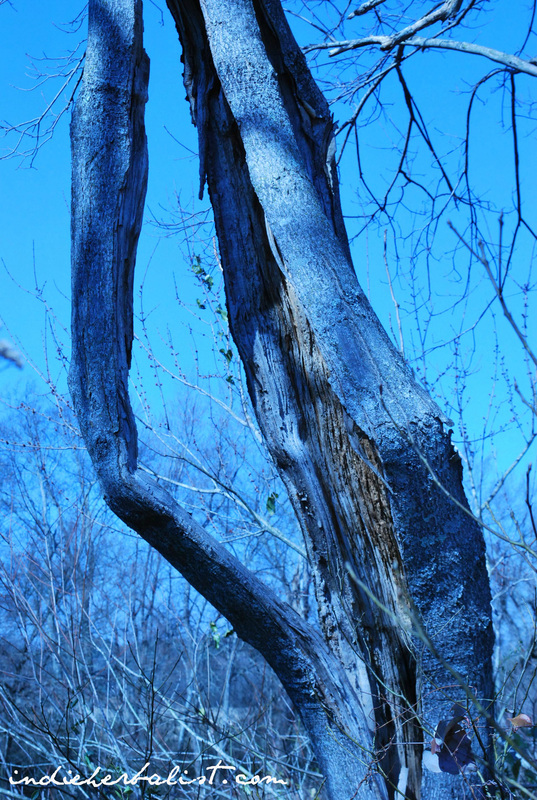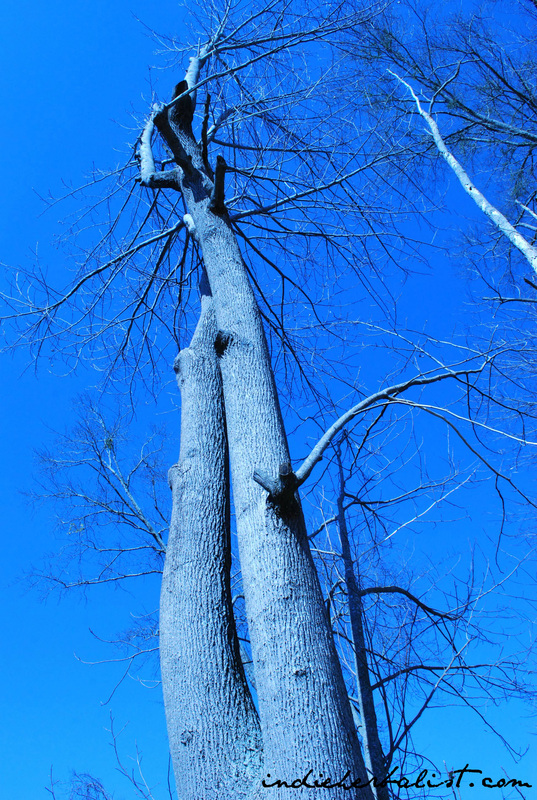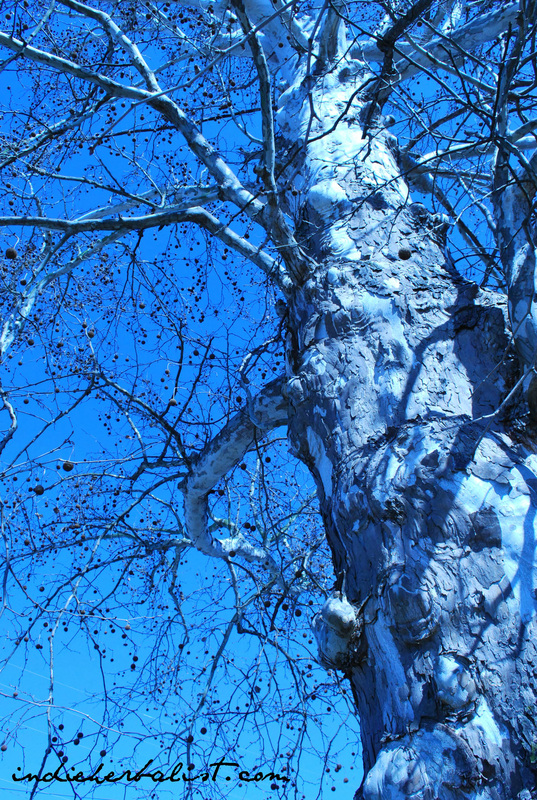Links contained in this post and elsewhere on my website may include affiliate links. When you make a purchase through these links, I earn a commission at no additional cost to you. I only link to products and services that I love - and that I think you will love, too!
Read Time:3 Minute, 34 Second
Whiplash weather is typical here this time of year. Today’s weather is in the single digits, but yesterday was warm and sunny. So I took advantage of the amazing Valentine’s Day sunshine and went for an I-Spy-With-My-Little-Eye plant ramble by the river. There were a few brave dandelions and some henbit in bloom, but the trees were my favorite part of the walk. The light was perfect for highlighting the differences in their bark textures, and it’s a great time of year to compare branch shapes and overall growth habits because they are still bare-limbed for winter. I’ve compiled lists of ethnobotanical uses for each tree from the University of Michigan-Dearborn Native American Ethnobotany Database to give you some idea of the different ways the trees have been used historically. However, as an herbalist, the database often leaves me with more questions than when I started. For instance, some of the uses are very vague or ambiguous, while others seem very specific. I suppose I need to look up the sources they site and see if I can dig up the rest of the story. Still, it’s clear from some of the patterns of use whether the tree is predominantly used as an astringent (like persimmon) or an aromatic (like tulip tree). The Eclectics also have a fair bit to say about some of these trees, so if you are intrigued you may want to poke around on the databases Henriette Kress has made available on her website.
River Birch (Betlua nigra)
- leaves chewed or infusion for dysentary
- infusion of bark taken for colds or the stomach, or milky urine
- stomach pain
- difficult urination with discharge
Persimmon (Diospyros virginiana)
- fruits used as food
- syrup taken for bloody discharges of bowels (of the fruit or the bark?)
- sore throat and mouth
- bark chewed for heartburn
- used as a wash for hemmorhoids
- cold infusion of bark for bile and liver
- syrup used for thrush, sore throat
- compound infusion for toothache
- venereal diseases
American Beech (Fagus grandifolia)
- nuts used as food and chewed as an anthelmintic
- bark chewed for heart trouble
- bark used for abortions when the mother was suffering
- part of a compound used as a blood purifier
- leaves used in compound decoction for burns and scalds
- compound decoction taken when “skin becomes thin”
- nut meat oil and bear grease used as a preventive for mosquitoes
- compound decoction used for yellow skin and gall; consumption
- decoction of leaves used to restore frostbite
- wash for poison ivy
The tree above is very interesting. I don’t recognize what type it is, but it made me wonder what happened. A lightning strike, perhaps?
Tulip tree (Liriodendron tulipifera)
- infusion of bark for pinworms
- cholera infantum
- dyspepsia, dysentery, rheumatism
- used in cough syrup
- decoction blown onto wounds and boils or broken limbs
- infusion of root bark taken for fever
- women with hysterics and weakness
- as a wash for snake bite
- infusion of root bark used as poultice
- poultice of bruised leaves bound to head for neuralgia pain
- raw, green bark chewed as a sexual tonic and stimulant
Sycamore (Platanus occidentalis)
- infusion of inner bark used for coughs
- “bark ooze” used as a wash for infected wounds
- emetic
- used in a steam bath for indigestion or billiousness
- as an aid to expel afterbirth, to bring on delayed menses
- infusion of inner bark for measels
- to dry up small pox and prevent scars
- taken for milky urine, or difficult urination with yellow discharge
- decoction of bark used for tuberculosis
- decoction with honey locust bark used for colds
- gargle for hoarseness and sore throat
- foot soak for rheumatism
- internal ulcers, internal pain
- for colds and to purify the blood
- hemorrhages and lung trouble
Like what you see here on the blog? I’m pleased to announce I’m now partnering with Herbal Academy of New England as part of their writing team and Marketing Assistant! You will see new articles I’ve written on their blog starting next week, and very soon for their members-only Herbarium as well. I’m proud to be an affiliate for their online courses, and can’t say enough about how great they are- I wish these had been available when I first started learning herbalism with a correspondence school (by mail!) years ago!
